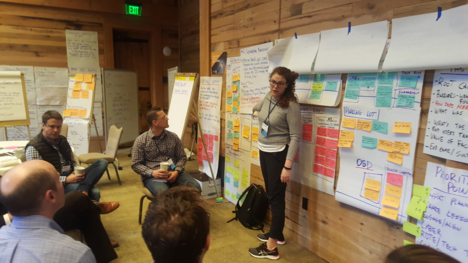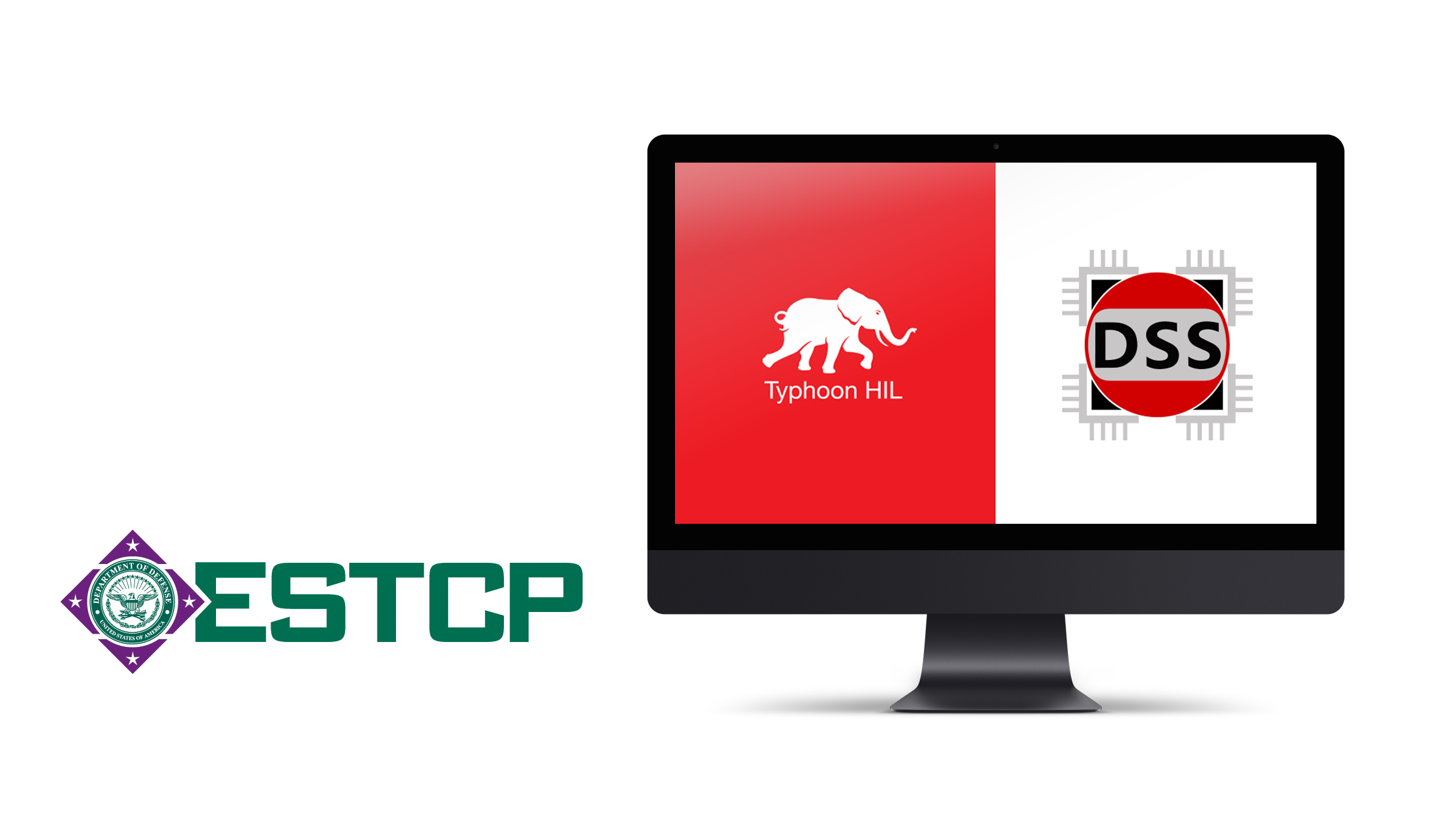-1.png?width=1200&name=MicrosoftTeams-image%20(14)-1.png)
The provision of secure, reliable, and resilient energy and water is critical to ensuring mission execution at our military installations. Over the last 8 years, the Environmental Security Technology Certification Program (ESTCP) – DoD's environmental technology demonstration and validation program – has deployed innovative technologies designed to improve energy security, increase backup power reliability, and support critical loads during extended electrical grid outages. One of the most promising technologies in this sector is microgrids. These systems can reduce operating costs behind the meter and generate revenue by providing services to utilities and/or participating in energy markets.
However, adoption of microgrids is hindered by high costs and slow acquisition due to: 8 years, the Environmental Security Technology Certification Program (ESTCP) – DoD's environmental technology demonstration and validation program – has deployed innovative technologies designed to improve energy security, increase backup power reliability, and support critical loads during extended electrical grid outages.
One of the most promising technologies in this sector is microgrids. These systems can reduce operating costs behind the meter and generate revenue by providing services to utilities and/or participating in energy markets. However, adoption of microgrids is hindered by high costs and slow acquisition due to:
- Disconnected design processes that require multiple software models and tools
- Lack of capability to conduct effective design/analysis/testing before field deployment
- Interoperability issues between legacy equipment (“brownfield”) and new equipment
- Lack of flexibility and modularity to accommodate upgrades consistent with evolving requirements
- Lack of ability to integrate and control multiple microgrids on the same installation.
In May 2020, ESTCP awarded Typhoon HIL with a $1.1M contract to demonstrate the Integrated Model-Based Design Process (IMBDP). This Model-Based Systems Engineering (MBSE) solution, which is responsive to DoD Digital Engineering Strategy (2018), will serve to de-risk projects and reduce costs significantly.
“Microgrids have great potential to improve the reliability and resilience of energy delivery to critical loads within DoD installations. However, initial cost and complex system integration are barriers that need to be overcome in order to see more widespread adoption. This, to a great degree, is why we have funded projects like IMBDP.
Tim Tetreault
Program Manager
ESTCP Installation, Energy, and Water Program
A combination of software, modeling libraries, and specialized computing hardware will serve in the design, simulation, analysis, test automation, and real-time emulation of microgrids. Using:
1) An expanded set of integrated software capabilities.
2) A high-fidelity system model specific to the installation that includes legacy [existing] energy infrastructure and proposed microgrid components.
3) Specialized computing hardware (referred to as Real-Time Emulators) interfaced with actual industrial controllers in a Controller Hardware-in-the-Loop (C-HIL) testbed, Typhoon HIL will demonstrate the capabilities to:
- Reduce the engineering effort, reduce development time, improve quality, and reduce project baseline variability by simplifying the microgrid design process.
- Cost-effectively integrate modifications to the model of an existing power system and conduct necessary design analyses and verification in response to changing missions.
- Provide cost-effective visualization of diverse operating modes, enabling effective planning, procedure development, testing, validation, and training.
- Model the interoperation of multiple microgrids.

Meredith Pringle, Director at Converge Strategies, LLC leads a facilitated dialogue on DoD project development process.
Typhoon HIL was connected to a military installation to demonstrate the IMBDP via Converge Strategies’ Military Energy Resilience Catalyst (MERC) Project, also funded by ESTCP.
“ The MERC program accelerates energy resilience projects at U.S. military installation and serves as a technology transition platform to speed the deployment of emerging energy resilience technologies at MERC partner installations.
Meredith Pringle
Director at Converge Strategies, LLC
The host military installation is home to a wide array of missions. Executive orders handed down within the last year have encouraged and supported their efforts to increase resilience. Upon completion of the IMBDP final demonstration, the host military installation will receive a complete, tested, ready-to-bid plan for a microgrid.
This relationship has opened collaboration with other on-base projects, such as the military installation’s Installation Energy Plan (IEP), Energy Assurance for Critical Infrastructure (EACI) funded by the Department of Energy (DOE) and led by several national laboratories (Sandia National Lab, Lawrence Berkeley National Lab, and Pacific Northwest National Lab), and other on-base microgrid developments.

ESTCP’s support for installation resilience also brings benefits that will be endowed to the public through new tools (including OpenDSS integration for load flow analysis), coupled with the power of Typhoon HIL, to allow users to work fluidly from concept to commissioning of microgrids without breaks in between. Resilience also brings benefits that will be endowed to the public through new tools, coupled with the power of Typhoon HIL, to allow users to work fluidly from concept to commissioning of microgrids without breaks in between.
Project Team:
- Matt Baker – Typhoon HIL
- Jeff Jaglowicz – Typhoon HIL
- Murilo Almeida – Typhoon HIL



